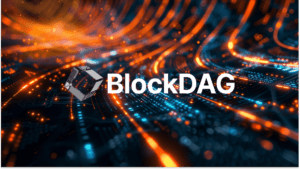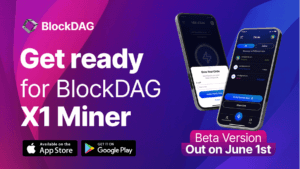Bitcoin Mining: The Backbone of Cryptocurrency Creation
Bitcoin mining is the process by which new bitcoins are entered into circulation, providing a critical component of the network’s security. This article delves into the mechanisms, challenges, and benefits of bitcoin mining.

Bitcoin mining is a fundamental process that not only introduces new bitcoins into circulation but also secures and validates blockchain transactions. As the first cryptocurrency, Bitcoin has spurred a vast network of miners who use powerful computers to solve complex mathematical problems. Successfully solving these problems, known as “proof of work,” rewards miners with new bitcoins and transaction fees. This incentive drives miners to maintain network integrity and process transactions efficiently.
Understanding the technicalities of bitcoin mining is crucial for anyone interested in the cryptocurrency space. At its core, mining involves validating sets of transactions (blocks) and adding them to the blockchain, the decentralized ledger underlying Bitcoin. Each block contains a cryptographic hash of the previous block, creating a linked chain. Miners compete to solve a cryptographic puzzle, and the first to solve it adds the next block to the blockchain and claims the rewards.
The difficulty of these puzzles adjusts every 2016 blocks, or approximately every two weeks, to ensure that the time to find a new block remains about ten minutes regardless of the number of miners or their computing power. This self-adjusting mechanism helps stabilize the rate at which new bitcoins are created and ensures network security, regardless of fluctuations in miner participation.
However, bitcoin mining is not without its challenges. One of the most significant issues is the substantial amount of electricity required for the intensive computational work. The environmental impact of bitcoin mining has become a hot topic, prompting discussions about sustainable mining practices. Miners are increasingly exploring renewable energy sources and more efficient mining hardware to reduce their environmental footprint.
Financially, the initial and ongoing costs of bitcoin mining can be prohibitive. Miners must invest in advanced hardware, such as Application-Specific Integrated Circuits (ASICs) or high-end graphics processing units (GPUs), and cover substantial electricity bills. Profitability often hinges on the current price of Bitcoin, the mining difficulty, and the cost of electricity, making it a volatile venture.
For those considering bitcoin mining, it’s essential to perform a thorough cost-benefit analysis and keep up-to-date with the cryptocurrency’s market dynamics. Joining a mining pool, where miners combine their computational resources to increase their chances of solving puzzles and earning rewards, can mitigate some of the risks and costs. Pools distribute rewards proportionally to each member’s contribution, offering a more stable income stream compared to solo mining.
Additionally, the regulatory landscape for bitcoin mining varies significantly by country and can impact miners. Some countries embrace cryptocurrency mining, while others have imposed strict regulations or outright bans due to concerns over electricity usage, financial stability, or other factors.
In conclusion, bitcoin mining plays a crucial role in the operation and security of the Bitcoin network. It requires significant technological and financial resources, but for those prepared to invest in the necessary equipment and navigate the complexities of the crypto market, it offers a way to earn cryptocurrency and contribute to the blockchain ecosystem. As the sector evolves, potential miners must stay informed about technological advancements, regulatory changes, and market trends to ensure their efforts remain profitable and sustainable.









